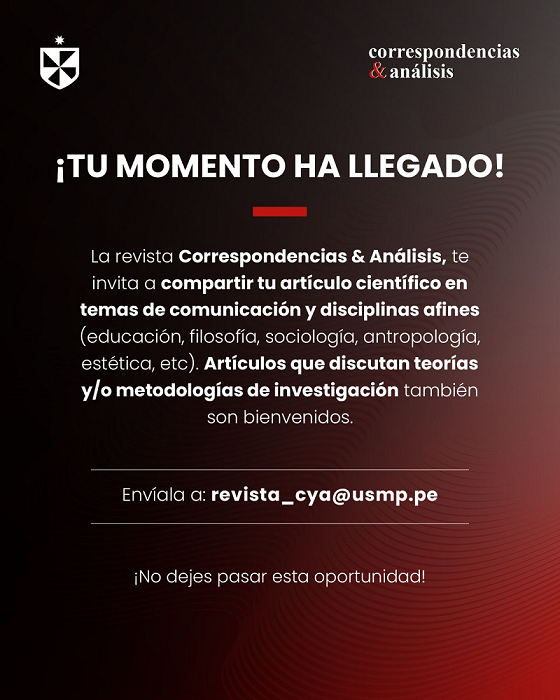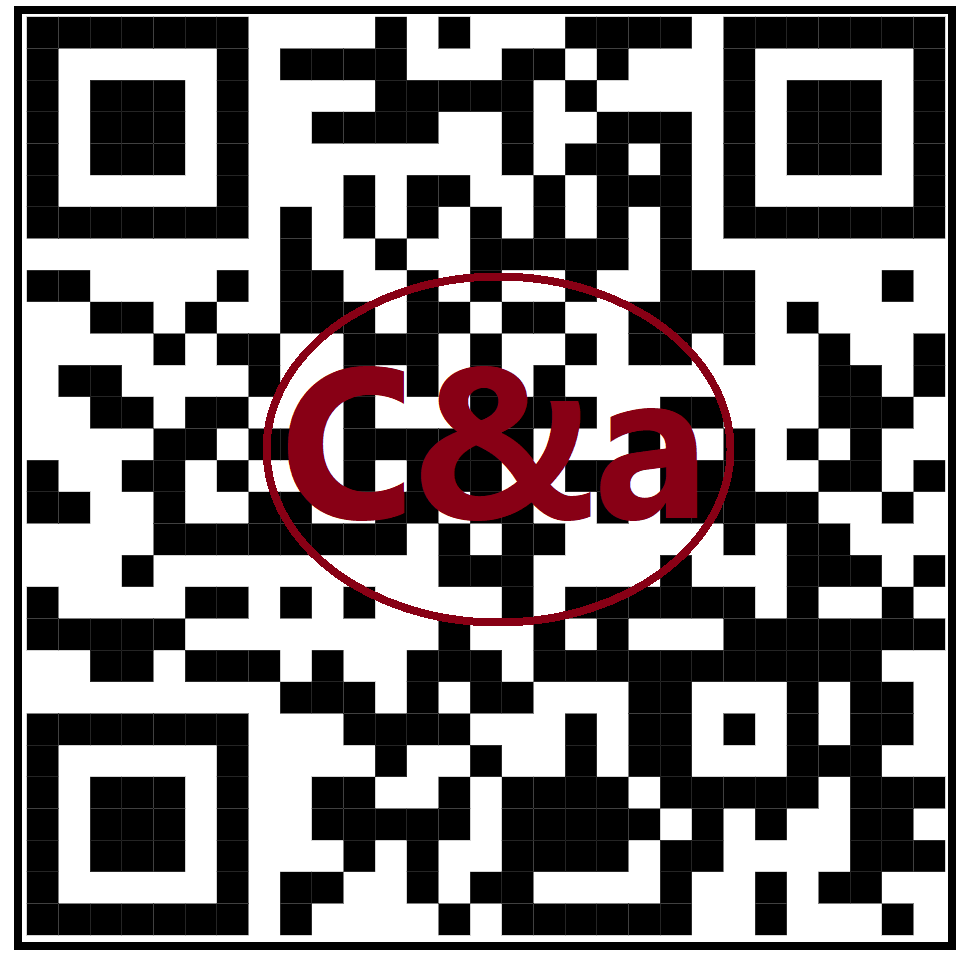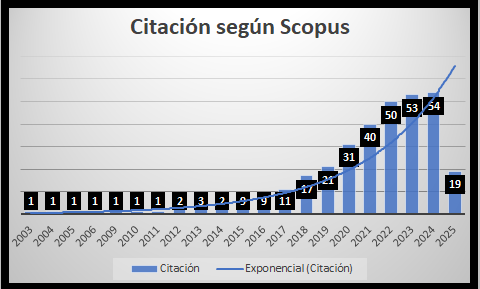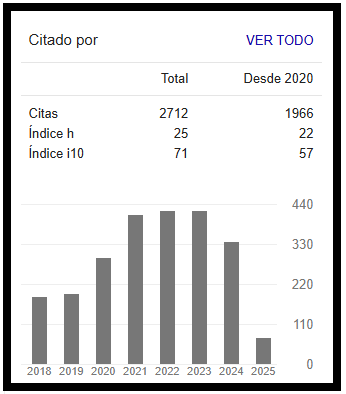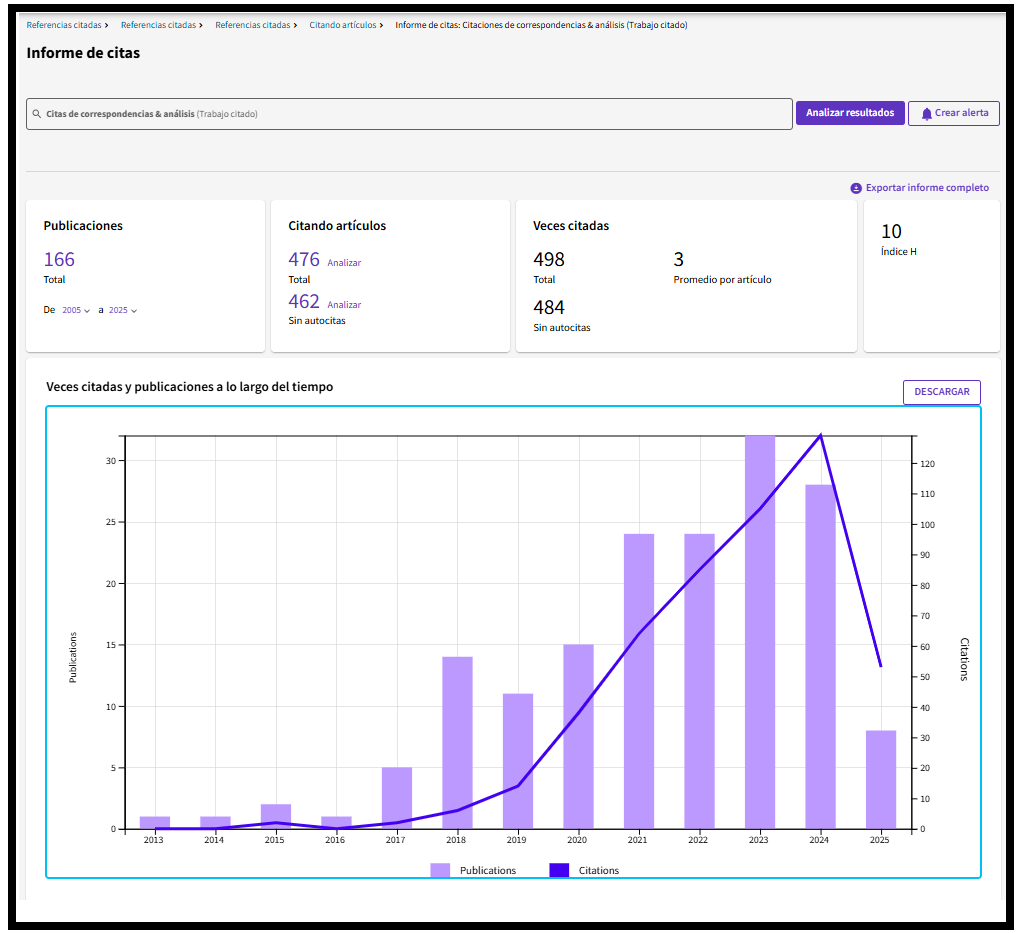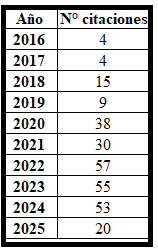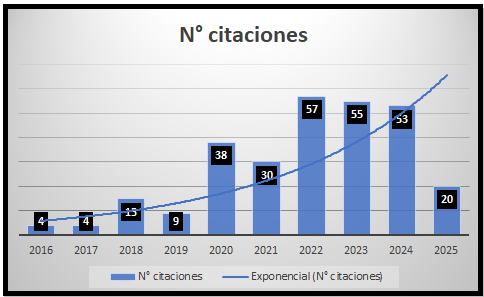Public Relations and Sustainable Development in Question in French Academic Works
DOI:
https://doi.org/10.24265/cian.2011.n1.08Keywords:
Public Relations, Sustainable Development, Communication Agent, Corporate Communications in FranceAbstract
The needs to inform and convince are millenniums and part of any organized life. Due to the very nature of its activities in the economic and social sphere, and because the “Know-How” is no longer possible without the “Make-Known”, the organization (generally companies, associations, the public sector) has turned itself into a communication agent.
Metrics
Downloads
References
Acquier, A. y Gond J.P. (2006). “Les enjeux théoriques de la marchandisation de la responsabilité sociale de l’entreprise”. Revue Internationale de gestion, 31(2), 83-91.
Antheaume N. y Teller R. (2001). “Quel regard vers d’autres formes de comptabilité: comptabilité sociétale et environnementale”, pp. 85-99. En Dumontier P. y Teller R. (eds.). Faire de la recherche en comptabilité financière. París: Vuibert.
Bebbington, J.; Gray, R.; Thomson, I. y Walters, D. (1994). “Accountants’ attitudes and environmentally-sensitive accounting”. Accounting and Business Research, 24(94), 109-120.
Bouzon, A. (2004). La place de la communication dans la conception de systèmes à risques. París: L’Harmattan, collection Communication des organisations.
Callon, M.; Lascoumes, P. y Barthe, Y. (2001). Agir dans un monde incertain. Seuil.
Caron, M. A. y Turcotte, M. F. (2006). “Forces de transformation et d’inertie dans la divulgation de la performance d’entreprise : analyse de rapports de développement durable , Les cahiers de la Chaire d’information financière et organisationnelle”. ESG-UQAM, núm. 2006-08.
Cormier, D., Gordon, I. M. y Magnan, M. (2004). “Corporate environmental disclosure: contrasting management’s perceptions with reality”. Journal of Business Ethics, 49(2), 143-165.
Cormier, D.; Magnan, M. y Feltham, G. (2005). “L’information comptable vue dans un perspective économique”, pp. 239-253. En Colasse, B. (ed.). Les Grands Auteurs en Comptabilité, París: Éditions EMS.
Dogan, M. y Pahre, R. (1991). L’innovation dans les sciences sociales. París: PUF.
Euske N. A. y Roberts, K. H. (eds.) (1987). Evolving Perspectives in Organization Theory: Communication Implications, In Handbook of Organizational Communication: an interdisciplinary perspective. California: Sage Publications.
Fischer, B. A. (1978). Perspective on Human Communication. Nueva York: Macmillan.
Geertz, C. (1986). Savoir local, savoir global. Les lieux du savoir. París: PUF.
Gendron, C. (2006). Le développement durable comme compromis: la modernisation écologique de l’économie à l’ère de la mondialisation. PUQ.
Giordano, Y. (1994). “Business communication: Should managerial practices be reconsidered?” En Revue de gestion des ressources humaines, 13(4), 49-61.
Gond, J. P. (2006). Contribution à l’étude du concept de performance sociale de l’entreprise: fondements théoriques, construction sociale, impact financier [Tesis doctoral]. París: Université Toulouse.
Hawes L. C. (1974). “Social collectivities as Communication: Perspectives on Organization Behavior”. En Quarterly Journal of Speech, 60, 497-502.
Henriques, I. y Sadorsky, P. (1999). “The relationship between environmental commitment and managerial perceptions of stakeholder importante”. Academy of Management Journal, 42(1), 87-99.
Jenkins, H. M. y Yakovleva, N. (2006). “Corporate social responsibility in the mining industry: exploring trends in social and environmental disclosure”. Journal of Cleaner Production, 14 (3-4), 271-284.
Jodelet, D. (ed.) (1999). Les représentations sociales. PUF.
Journe, B. (1997). “Positivisme et constructivisme dans la gestion de la sûreté et de la fiabilité des centrales nucléaires”. Constructivisme et Sciences de gestion. Lille (octobre 1997).
Laville, E. (2002). L’entreprise verte. París: Village Mondial.
Le Moigne, J. L. (1990). Constructivist epistemologies of the organizational sciences. In Epistémologies et sciences de gestion. París: Economica.
Lerner, L. D. (1994). “Fryxell G.E., CEO stakeholder attitudes and corporate social activity in the Fortune 500”. Business and Society, 33(1), 58-81.
Libaert, T. (2006). “Communicationet développement durable: des relations ambiguës”. Communication et langages, 150 (décembre 2006), pp. 127-133.
Lacoste, M. y Grosjean, M. (1999). Communication et intelligence collective. Le travail à l’hôpital. París: Presses Universitaires de France
May, S. y Mumby, D. K. (2005). Engaging Organizational Communication Theory and Research: Multiple Perspectives. California: Sage.
Perrini, F. (2005). “Building a European portrait of corporate social responsibility reporting”. European Management Journal, 23(6), 611-627.
Redding, W. C. (1985). “Stumbling Toward Identity: The Emergence of Organizational Communication as a Field of Study”. En McPhee, R. D. y Tompkins, P. K. Oganizational Communication: Traditional Themes and New Directions. Sage Annual Reviews of Communication Research. California: Sage Publications.
Roberts, R. W. (1992). “Determinants of corporate social responsibility disclosure: an application of stakeholder theory”. Accounting, Organizations and Society, 17(6), 595-612.
Rowley, T. J. (1997). “Moving beyond dyadic ties: a network theory of stakeholder influences”. Academy of Management Review, 22(4), 887-910.
Scardigli, V. (2001). Un anthropologue chez les automates. París: PUF.
Synnestvedt, T. (2001). “Debates over environmental information to stakeholders as a policy instrument”. Eco-management and auditing, 8(3), 165-178.
Thayer, L. (1968). Communication and Communication Systems. Richard D. Irwin Inc.
Terssac, G. y Friedberg, E. (1996). “Coopération et conception”, pp. 1-22. Marseille: Octares.
United Nations Publications (1987). Brundtland Report, World Commission on Environment and Development.
Viney, G. (2000). Le principe de précaution: Rapport au Premier Ministre. París: La documentation française.
Voos H. (1967). Organizational Communication: a Bibliography. New Brunswick: University Press.
Downloads
Published
Issue
Section
Categories
License
Copyright (c) 2011 Arlette Bouzon, Joëlle Devillard

This work is licensed under a Creative Commons Attribution 4.0 International License.
In case the manuscript is approved, the authors retain the copyright and assign to the journal the right to publish, edit, reproduce, distribute, display and communicate in the country of origin and abroad by means of print and electronic media in different databases.
In order for this procedure to be recorded, the author must fill out the following formats:
Format 1 - Author data Format.
Format 2 - Affidavit on originality and authorization for the publication of articles Format.
Format 3 - Open Science Compliance.

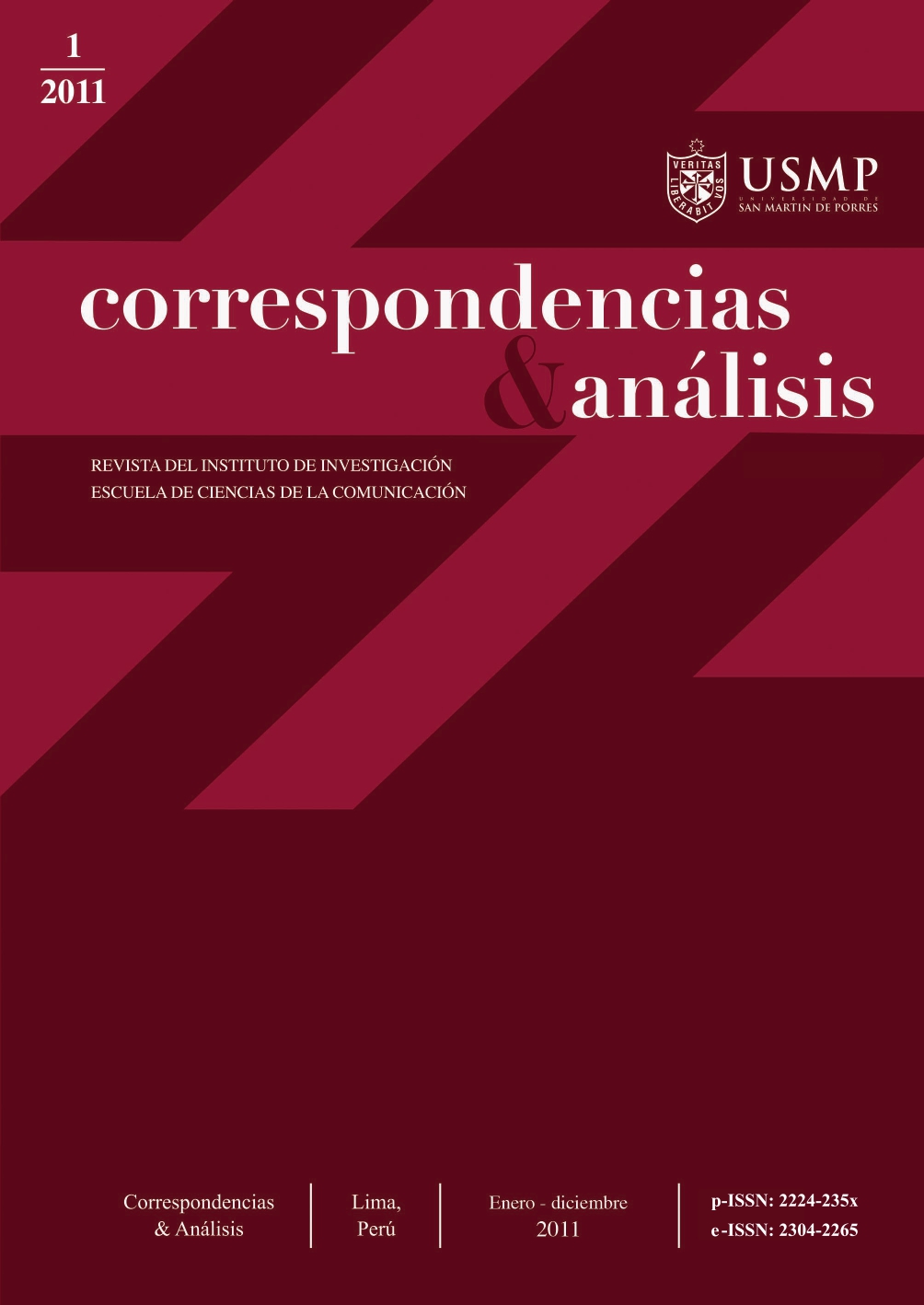





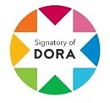
2.png)


